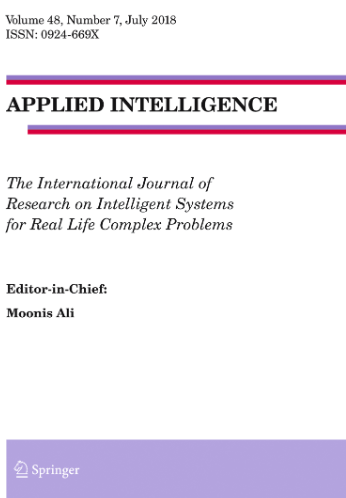Freeway optimal control based on emission oriented microscopic graph convolutional neural network
Abstract
Traffic flow prediction and control in the active traffic control system is considered as one of the most critical issues in Intelligent Transportation Systems (ITS). Among the proposed AI-based approaches, Deep Learning (DL) has been largely applied while showing better performances. This research improves macroscopic traffic flow model METANET by establishing a graph convolution neural network (GCN) to explicitly and more precisely incorporate microscopic traffic flow dynamics. The microscopic emission model utilizes the feature extraction function of GCN to reduce the complexity of measuring the environmental profits for the whole traffic network. By introducing the GCN model to facilitate the aggregation of vehicle information, the proposed framework reduces the computational burden and obtains better optimization performance. The designed algorithms are tested on a microscopic simulation platform based on field data. The results demonstrate that the proposed control method produce a more robust and smooth traffic flow environment, which leads to improved traffic efficiency and overall carbon emissions of the road network.

 求助内容:
求助内容: 应助结果提醒方式:
应助结果提醒方式:


